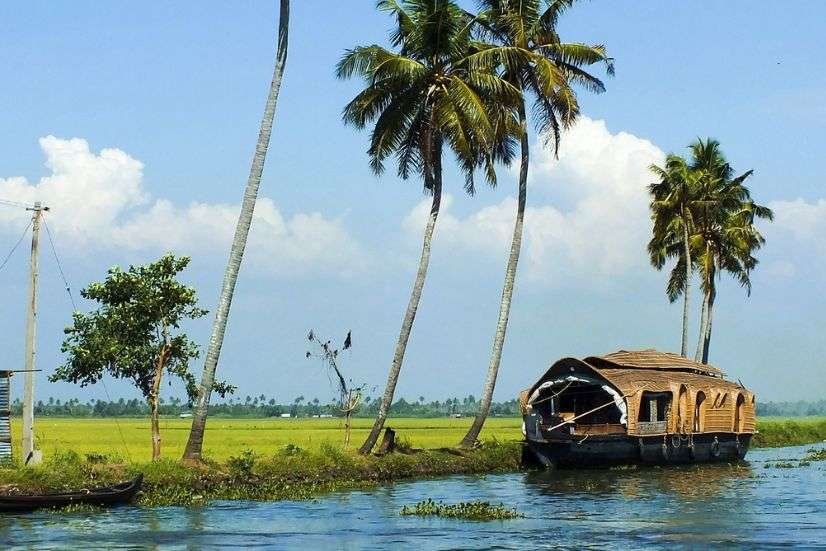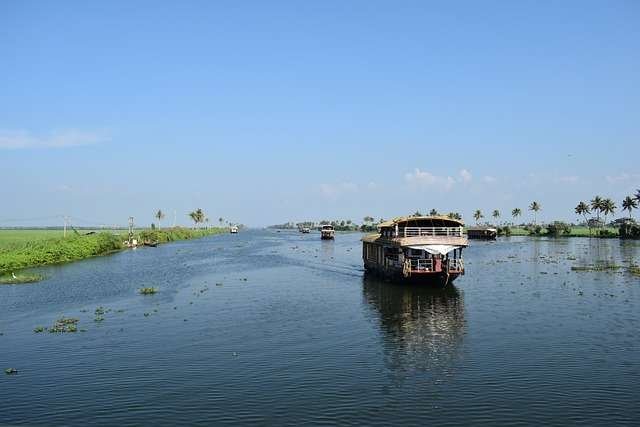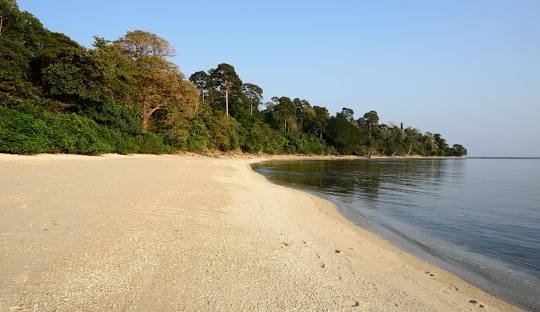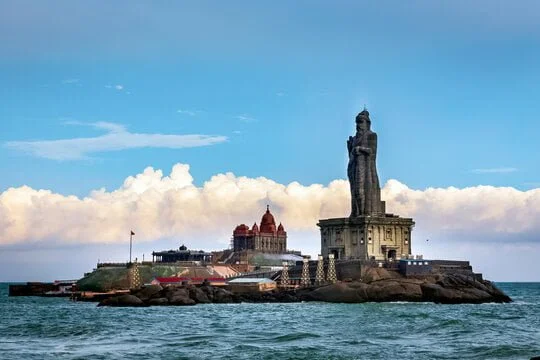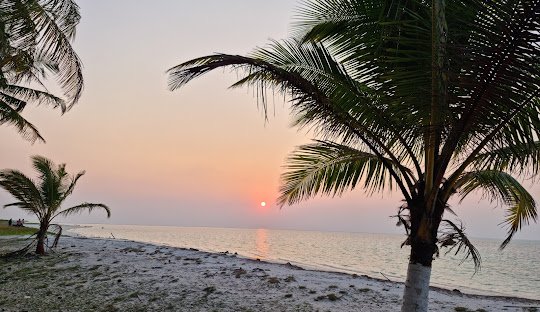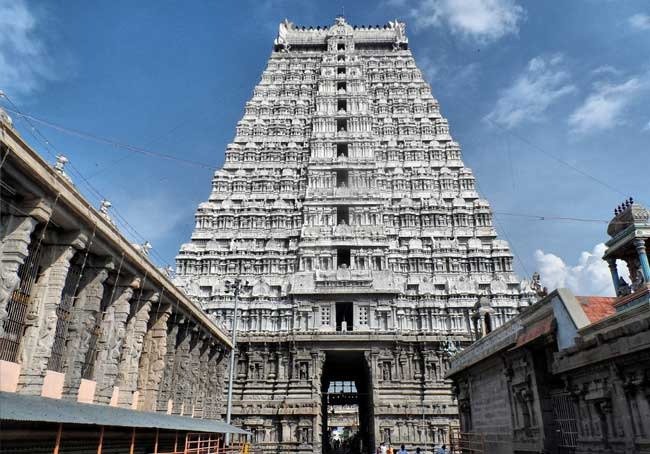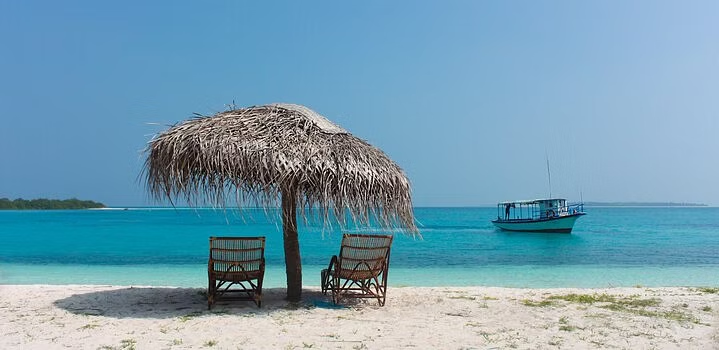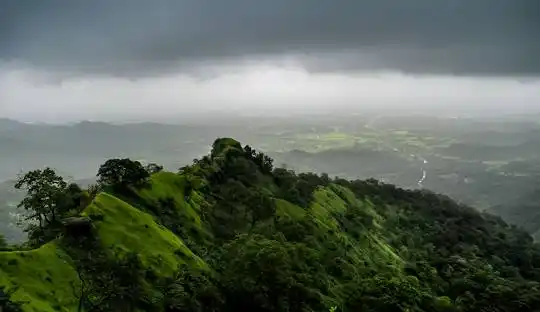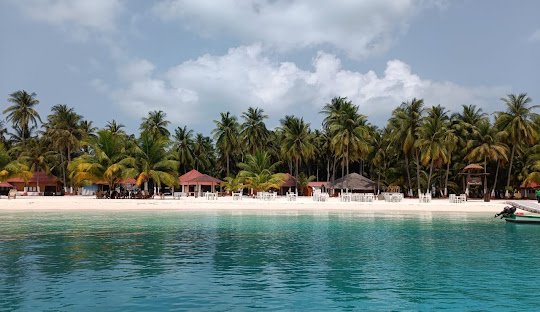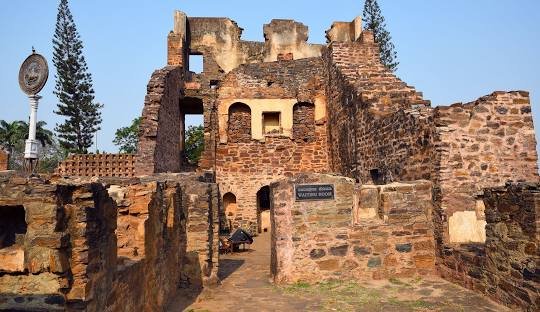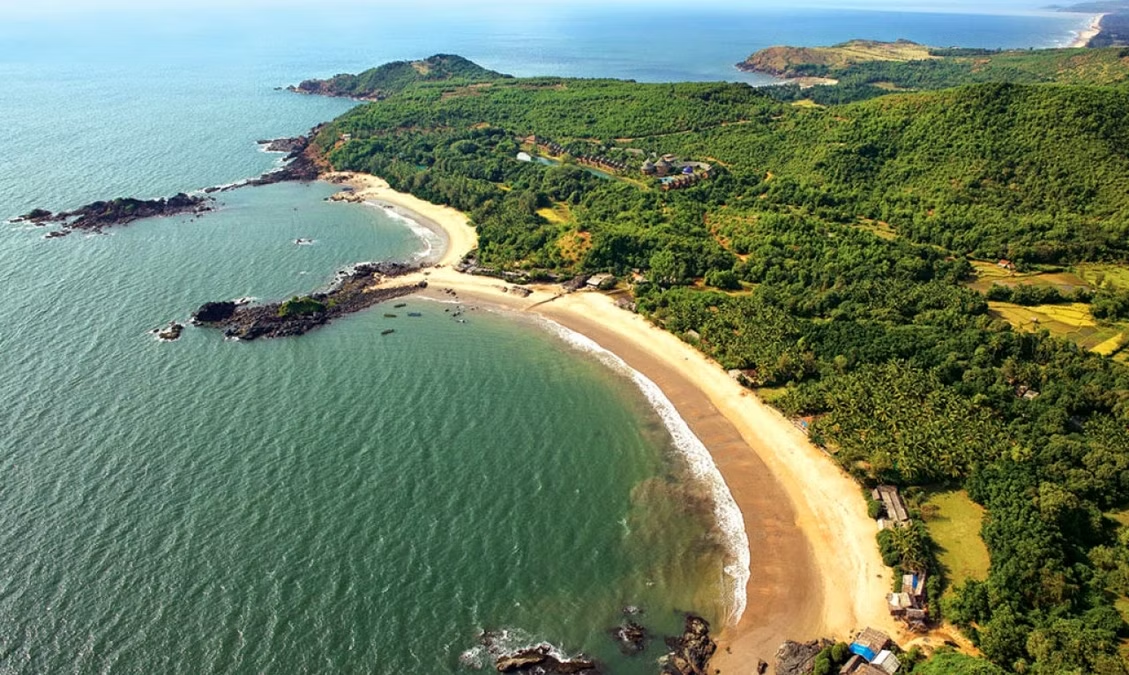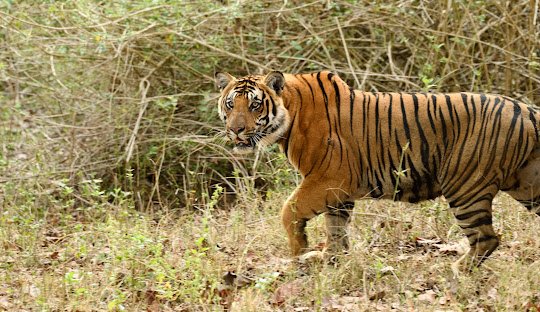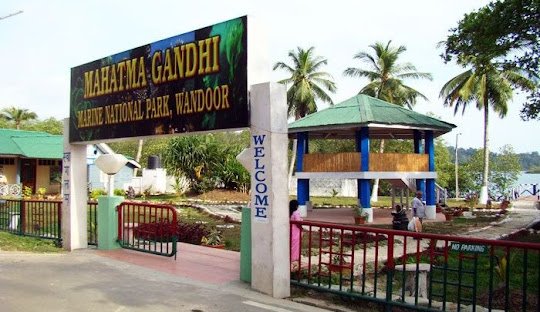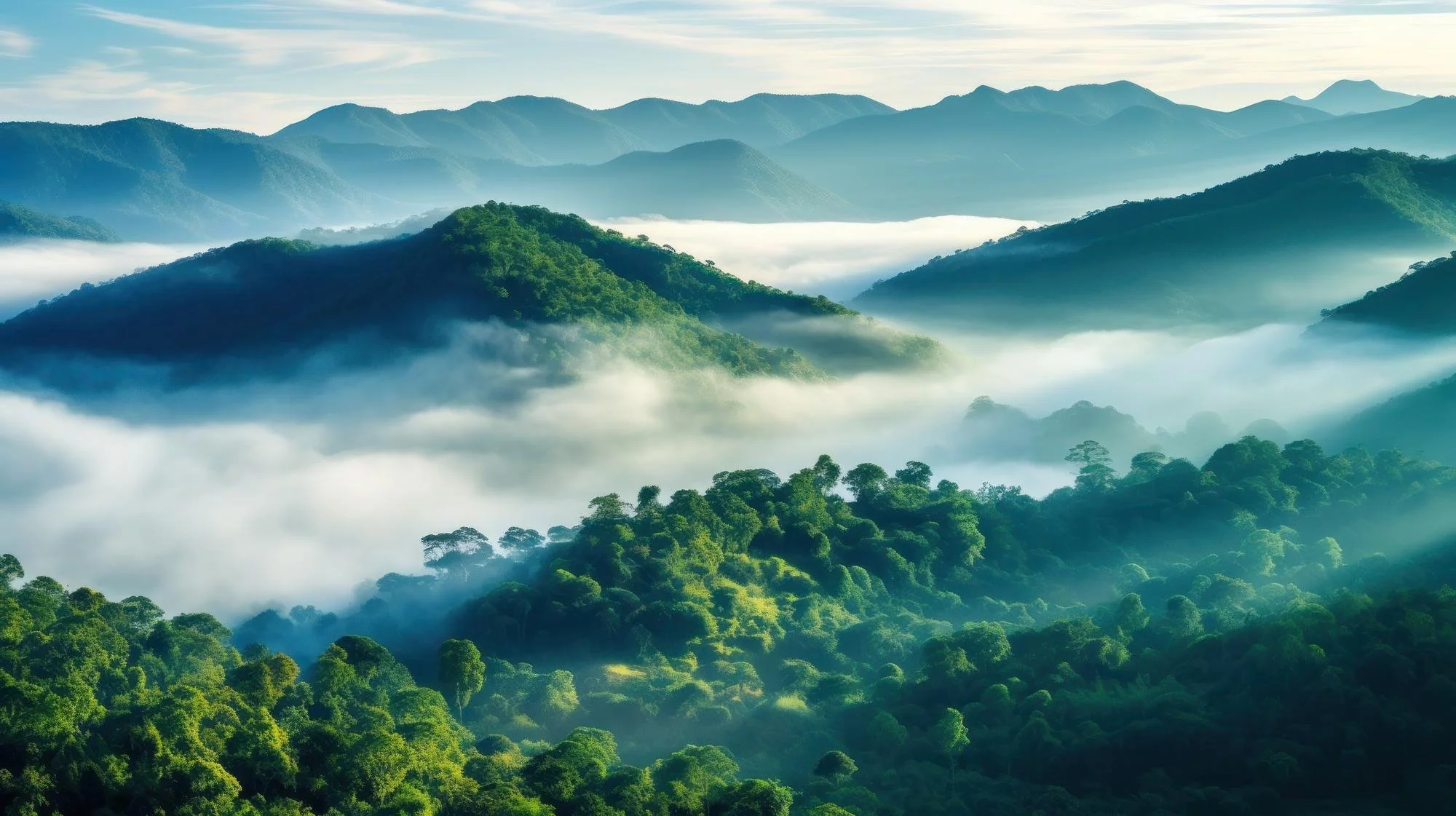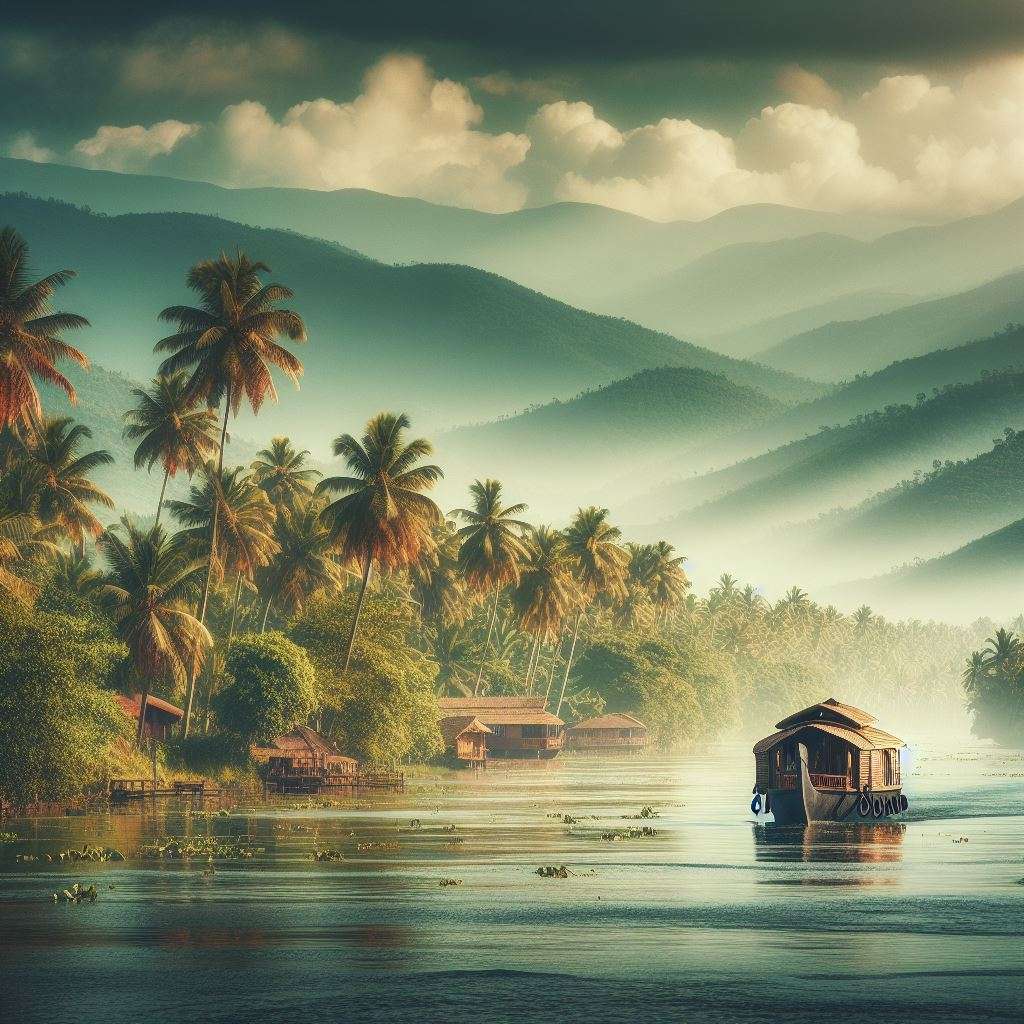Top Tour Operators in Kerala, South India
Tour operators in Kerala, South India: Troper Tours offers top travel services and expert guidance for the best South India experiences.
Kerala Tour Packages
Discover Tamilnadu’s charm with our curated tour packages. Experience top sights, from the historic temples of Madurai to Mahabalipuram’s scenic beaches, for an unforgettable journey.
Andaman Tour Packages
Experience the Andaman’s charm with our expertly crafted tour packages. Explore highlights like Port Blair’s historical sites and Havelock Island’s beaches for an unforgettable journey.
Tamilnadu Tour Packages
Experience Tamilnadu’s charm with our expertly crafted tour packages. Explore highlights like Madurai’s temples and Mahabalipuram’s beaches for an unforgettable journey.
Lakshadweep Tour Packages
Embark on an unforgettable journey with Troper Tours, a trusted name in Lakshadweep Tour Packages. Since 2019, we’ve been offering customized tour packages that highlight the stunning beaches, rich marine life, and vibrant culture of the islands. Experience exceptional service and tailored itineraries designed to make your Lakshadweep vacation truly memorable.
Karnataka Tour Packages
Discover Karnataka with Troper Tours, a trusted name in Karnataka Tour Packages since 2019. We offer personalized tours that explore the state’s rich culture, stunning landscapes, and historic sites. Enjoy top-notch service and customized itineraries for an unforgettable Karnataka adventure.
About Us
The best tour operators in Kerala & South India. Unmatched Travel Experiences at Your Fingertips!
“Are you planning a trip to South India? Then you’ve absolutely landed at the right place! Welcome to Troper Tours, your premier choice among the best tour operators in Kerala and Tamil Nadu, and the top travel agency in Kerala. we specialize in crafting luxurious tour packages that immerse you in the splendor of Southern India. we don’t just plan trips; we curate experiences that stay etched in your memory forever”
Our mission is simple yet profound – to introduce foreign nationals to the timeless traditions, breathtaking landscapes, and sumptuous flavors of Kerala and Tamil Nadu. We aim to provide you with the most luxurious and memorable journey in the region.
Our luxurious Kerala and Tamil Nadu tour packages encompass a wide array of experiences, from serene houseboat cruises through the backwaters of Kerala to spiritual journeys through ancient temples and vibrant festivals.
why should you consider our Company ?
-
Customizability : We ensure our packages align with our clientele specific requirements and preferences.
-
Quality : We do not compromise the grade of our services – we simply offer the best!
-
Experience : 20 years of guiding experience in Kerala tourism industry
-
Trust : trust is not just a word; it’s the cornerstone of our existence. We understand that when you choose us to be your travel companion, you’re placing your trust in our hands, and we take that responsibility seriously.
We invite you to join us with confidence, knowing that we value the trust you place in us. Whether you’re traveling solo, with family, or with friends, Troper Tours is your trusted partner in creating unforgettable journeys filled with authentic experiences, cherished memories, and lasting connections.
Welcome to a world of opulence, exploration, and unforgettable experiences. Welcome to Troper Tours – the best tour operator in Kerala and Tamil Nadu, and the best travel agency in Kerala.
To place an order for an unmatched tour packages, click here!
Why Kerala ?
Welcome to our travel agency’s guide to Kerala – the enchanting land of serene backwaters, lush greenery, and vibrant culture. Located on the southwestern coast of India, Kerala is a paradise that beckons travelers with its breathtaking natural beauty and unique experiences.
Mesmerizing Backwaters: Kerala’s backwaters are one of the state’s most iconic attractions. Imagine gliding through serene waterways on traditional houseboats, surrounded by palm-fringed landscapes and quaint villages. The backwaters offer an unforgettable experience of tranquility and closeness to nature.
Tamilnadu : A must-visit destination
Welcome to the enchanting world of Tamil Nadu, where ancient traditions meet modern vibrancy. Explore the cultural tapestry of this South Indian gem with our meticulously crafted tours, offering a seamless blend of historic wonders, vibrant festivals, and the warm hospitality that defines the spirit of Tamil Nadu.
Tamil Nadu, often referred to as the ‘Land of Temples,’ boasts an unparalleled spiritual heritage. From the majestic Meenakshi Amman Temple in Madurai to the serene shores of Rameswaram, each temple tells a story of devotion, architecture, and centuries-old rituals.
Best Things To Do In Kerala
In Kerala, every moment is an opportunity to delve into extraordinary adventures. Glide through tranquil backwaters on traditional houseboats, trek through lush tea plantations, spot exotic wildlife, and embrace the healing touch of Ayurveda. Immerse yourself in cultural celebrations, indulge in gastronomic delights, and discover the warmth of genuine hospitality.
Testimonials
Customer Testimonials: Hear What Our Satisfied Clients Have to Say About Their Extraordinary Travel Experiences. Real Stories of Memorable Journeys with “Troper Tours“
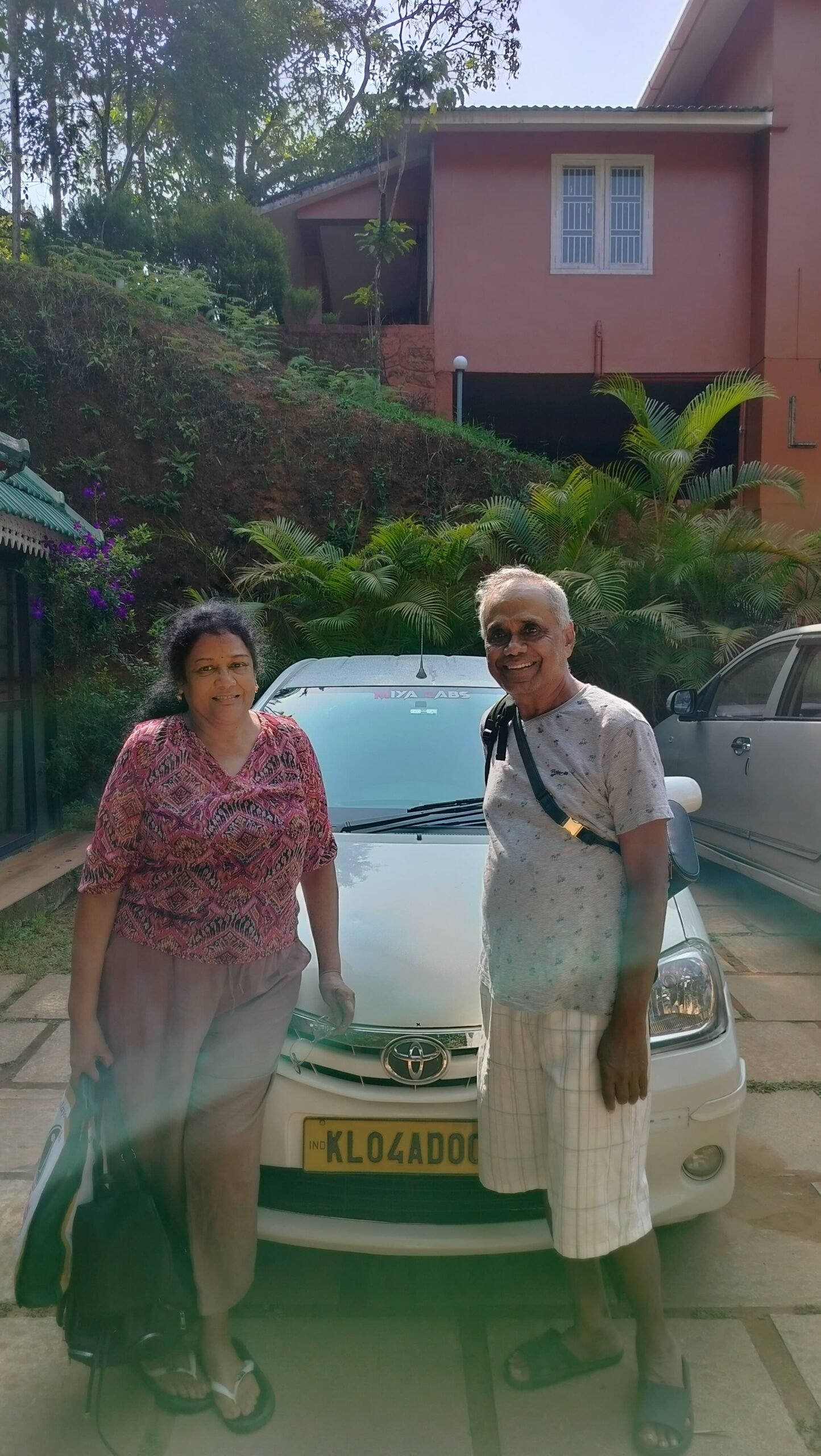
Mr. Selvadurai & Family
I’m from Australia and had a fantastic 30-day trip across Kerala, Tamil Nadu, and Karnataka. Everything was well-organized and stress-free. I especially loved the hill

Ms. Rimzeem & Family
Our 6-day trip to Kochi, Munnar, Thekkady, Alleppey, and Marari with Troper Tours was fantastic! The itinerary was well-planned, the accommodations were comfortable, and the

Mr. Prathapa Ratnayake & Family
I am form Sri Lanka and wanted to visit Kerala on holiday. I contacted Troper Tours to organize tailor made tour package for me. I
Approved By




FAQs about Tour operators in Kerala
1. What should I look for in a reputable tour operator in Kerala?
Look for an operator with good reviews and ratings, verified certifications, experience in the region, and clear, detailed itineraries. Check their customer service responsiveness and the quality of their guides.
2. How important are reviews and ratings when selecting a tour operator?
Reviews and ratings provide insights into past customer experiences and can highlight the reliability and quality of the tour operator. Look for consistent positive feedback and how the operator addresses any negative reviews.
3. What certifications or licenses should a Kerala tour operator have?
Ensure the tour operator is recognized by Kerala Tourism and accredited by relevant travel and tourism associations, such as the Indian Association of Tour Operators (IATO) or the Adventure Tour Operators Association of India (ATOAI).
4. Can I customize my tour package with a Kerala tour operator?
Yes, many reputable tour operators offer customizable packages to cater to your interests, preferences, and budget. Discuss your requirements with them to tailor an itinerary that suits you.
5. How can I verify the authenticity of a tour operator in Kerala?
Check their website for credentials and certifications, read reviews on travel forums and websites like TripAdvisor, and confirm their contact information and physical address. You can also contact Kerala Tourism for verification.
6. What types of tours do operators in Kerala typically offer?
Tour operators in Kerala offer a variety of tours, including cultural tours, wildlife safaris, backwater cruises, trekking, and adventure activities, as well as specialized tours focusing on Ayurveda, wellness, and culinary experiences.
7. Are there tour operators that cater to specific interests or needs, such as family-friendly or adventure tours?
Yes, many operators specialize in different types of tours, such as family-friendly, luxury, adventure, eco-tourism, and more. Specify your interests and needs to find an operator that aligns with your preferences.
8. How do I compare prices between different tour operators in Kerala?
Compare the inclusions of each package, such as accommodation quality, meal plans, transportation, entry fees, and guided services. Ensure you understand what is included and if there are any hidden costs or optional extras.
9. What should I expect in terms of customer support from a tour operator?
Reliable operators offer excellent customer support, including pre-trip planning assistance, 24/7 on-trip support, and post-trip feedback channels. Test their responsiveness by asking questions before booking.
10. Can I rely on online booking for Kerala tour packages, or should I consult directly with the operator?
Online booking is convenient and often reliable, but ensure the website is secure and offers clear contact details for further communication.
Exploring Kerala: The Best Tour Operators for Your Dream Vacation
Table of Contents:
Introduction
Best Tour Operators in Kerala
Why Choose Kerala Tour Packages?
Top 10 Tour Operators in Kerala
Kerala Travel Agency List
Conclusion
Best Tour operators in Kerala & South India
Introduction
Planning a trip to Kerala and looking for the best tour operators in Kerala to make your vacation truly memorable? Look no further! This blog post will guide you through the tour operators in Kerala, helping you choose the perfect partner for your next travel adventure.
Best Tour Operators in Kerala
When it comes to exploring the lush greenery, serene backwaters, and vibrant culture of Kerala, choosing the right tour operator can make all the difference. The Best Tour Operators in Kerala offer a wide range of services, including customized tour packages, expert guides, comfortable accommodations, and unforgettable experiences.
Why Choose Kerala Tour Packages?
Kerala tour packages are designed to showcase the best of this beautiful state, from its tranquil beaches to its stunning hill stations and everything in between. By choosing a Kerala tour package, you can sit back, relax, and let the experts take care of all the details while you enjoy the journey of a lifetime.
Top 10 Tour Operators in Kerala
XYZ Holidays
The Kerala Expedition Co.
Green Earth Tours
Sunshine Travel Agency
Blue Horizon Adventures
Southern Escapes
Paradise Travels
Golden Sands Tours
Mystic Waters Tourism
These top tour operators in Kerala have been handpicked for their excellent service, expert knowledge, and commitment to providing unforgettable experiences for their customers. Whether you’re looking for a relaxing beach holiday, an adventurous trek through the Western Ghats, or a cultural tour of Kerala’s ancient temples and palaces, these tour operators have got you covered.
Kerala Travel Agency List
In addition to the top 10 tour operators in Kerala listed above, there are many other reputable travel agencies in the state that offer a wide range of tour packages to suit every budget and taste. Some other popular Kerala tour operators include:
Troper Tours
Green Earth Tours
Blue Horizon Adventures
Paradise Travels
Conclusion
In conclusion, when it comes to planning your next vacation in Kerala, choosing the best tour operators in Kerala is key to ensuring a memorable and hassle-free experience. By opting for Kerala tour packages and partnering with one of the top tour operators in the state, you can sit back, relax, and enjoy all that this breathtaking destination has to offer. So, pack your bags, book your tickets, and get ready for the adventure of a lifetime with the best tour operators in Kerala!
Exploring Kerala: A Comprehensive Guide to Choosing the Best Tour Operators in Kerala
Are you dreaming of a tranquil getaway to the picturesque backwaters of Kerala, soaking in the lush greenery, and experiencing the rich cultural heritage of this southern Indian state? Kerala, often referred to as “God’s Own Country,” is a destination that promises a unique blend of natural beauty, serene landscapes, and vibrant traditions. To make the most of your Kerala experience, it’s essential to choose the right tour operator who can cater to your preferences and ensure a memorable journey. In this ultimate guide, we will delve into the factors to consider when selecting tour operators in Kerala to help you plan the perfect vacation & to choose the best tour operators in Kerala
Understanding Your Travel Preferences
Before embarking on your journey to Kerala, it’s crucial to reflect on your travel preferences and expectations. Are you seeking a relaxing retreat amidst nature, an adventurous trek through the Western Ghats, or a culinary exploration of Kerala’s delectable cuisine? Understanding your travel objectives will enable you to narrow down tour operators that align with your interests. Whether you desire a luxurious stay at a boutique resort or wish to immerse yourself in the local culture by staying with host families, clarifying your preferences will guide your selection process.
Key Considerations:
Determine the duration of your trip and the type of experiences you wish to engage in.
Identify whether you prefer group tours, private tours, or customized itineraries.
Assess your budget and choose tour operators that offer packages within your financial constraints.
Researching Tour Operators in Kerala
With a myriad of tour operators vying for your attention, conducting thorough research is essential to identify reputable and reliable providers. Start by browsing online travel platforms, reading customer reviews, and seeking recommendations from friends or family who have previously visited Kerala. Look for tour operators in Kerala that have a strong presence in Kerala and a proven track record of delivering exceptional experiences to their clients. Additionally, consider reaching out to local tourism boards or visitor centers for insights on trusted tour operators in the region.
Tips for Research:
Explore tour operators’ websites to review their offered packages, inclusions, and customer testimonials.
Check if tour operators are affiliated with recognized travel associations or have received certifications for sustainable and responsible tourism practices.
Inquire about the expertise and experience of tour guides accompanying the trips to ensure a knowledgeable and engaging excursion.
Evaluating Tour Packages and Itineraries
Once you have shortlisted potential tour operators in Kerala , carefully evaluate the tour packages and itineraries they offer to determine if they meet your travel requirements. Consider the duration of the trip, the destinations included, the activities planned, and the accommodations provided. Assess whether the tour operator offers a good balance of sightseeing, leisure time, and cultural interactions to provide a comprehensive Kerala experience. Moreover, inquire about the transportation arrangements, meal options, and any additional services or special requests that can enhance your trip.
Points to Consider:
Compare the inclusions and exclusions of tour packages to determine the value for money.
Verify the authenticity of experiences promised in the itineraries and ensure they align with your interests.
Seek clarification on the flexibility of itineraries in case you wish to customize or personalize certain aspects of the trip.
Ensuring Safety and Reliability
When selecting a tour operator for your Kerala expedition, prioritizing safety and reliability should be paramount. Verify that the tour operator adheres to safety standards, maintains well-maintained vehicles, and employs trained and experienced guides to accompany the tours. Inquire about the emergency protocols in place, the insurance coverage provided to travelers, and the measures taken to ensure the well-being of guests throughout the journey. Choosing a tour operator with a strong emphasis on safety will offer peace of mind and allow you to fully enjoy your Kerala exploration.
Safety Measures to Confirm:
Confirm the certifications and licenses held by the tour operator to operate tours in Kerala.
Inquire about the hygiene standards maintained in accommodations, dining venues, and transportation vehicles.
Request information on the communication channels available to reach tour operators in case of emergencies or unforeseen circumstances.
- Make a checklist of the points mentioned below to get best tour operators in kerala
Embracing Sustainable Tourism Practices
As responsible travelers, it is essential to support the best tour operators in Kerala that prioritize sustainable tourism practices and contribute to the conservation of the environment and local communities. Look for tour operators that promote eco-friendly initiatives, engage in community-based tourism projects, and advocate for the preservation of Kerala’s natural heritage. By choosing sustainable tour operators, you not only minimize the environmental impact of your travels but also contribute positively to the social and economic well-being of local residents.
Sustainable Initiatives to Look for:
Evaluate the best tour operators’ in Kerala commitment to reducing plastic usage, supporting local artisans, and promoting biodiversity conservation.
Inquire about the efforts undertaken by tour operators to educate travelers about responsible tourism practices and cultural sensitivity.
Choose tour operators that collaborate with eco-friendly accommodations, organic farms, and responsible tourism organizations in Kerala.
Seeking Authentic Cultural Experiences
One of the most enriching aspects of traveling to Kerala is the opportunity to immerse yourself in its vibrant culture, traditions, and heritage. To truly appreciate the cultural richness of Kerala, opt for tour operators that offer authentic experiences such as folk performances, temple visits, cooking classes, and interactions with local communities. Engaging with the people of Kerala, participating in traditional rituals, and savoring regional delicacies will deepen your connection to the land and its inhabitants, leaving you with lasting memories of your Kerala sojourn.
Cultural Experiences to Include:
Participate in a Kathakali dance performance or attend a Theyyam ritual to witness Kerala’s traditional art forms.
Visit historical landmarks like Mattancherry Palace, Bekal Fort, or the Jewish Synagogue in Kochi to delve into Kerala’s rich heritage.
Indulge in a culinary tour to savor authentic Kerala dishes like appam, avial, and seafood specialties prepared using local ingredients. Best tour operators in Kerala
Finalizing Your Choice of Tour Operators in Kerala
After meticulously researching and evaluating the offerings of various tour operators in Kerala, it’s time to make an informed decision and finalize your choice. Select a tour operator that resonates with your travel preferences, prioritizes safety and sustainability, and promises authentic cultural experiences that align with your interests. Communicate clearly with the tour operator regarding your expectations, special requests, and any concerns you may have to ensure a seamless and enjoyable travel experience in Kerala. By choosing the right tour operator, you can embark on a memorable journey that captures the essence of Kerala’s beauty and charm.
“Traveling— it leaves you speechless, then turns you into a storyteller.” – Ibn Battuta
In conclusion, selecting the best tour operator for your Kerala adventure entails careful consideration of various factors ranging from your travel preferences and safety concerns to sustainability practices and cultural immersion opportunities. By following the guidelines outlined in this ultimate guide, you can navigate the vast landscape of tour operators in Kerala with confidence and choose a provider that aligns perfectly with your vision of a perfect vacation. Whether you seek a tranquil retreat in the backwaters, an adventurous trek in the hills, or a cultural exploration of Kerala’s vibrant traditions, the right tour operator will guide you on a transformative journey through the enchanting realms of “God’s Own Country.” Happy travels!
Pro Tip: Enhance Your Kerala Journey with Expert Tour Operators
For an unforgettable Kerala adventure, leveraging the expertise of professional tour operators in Kerala is essential. Here’s why:
Seamless Travel Experience: Professional tour operators in Kerala handle all logistics, from transportation to accommodation, ensuring a hassle-free experience. This allows you to focus solely on enjoying the stunning landscapes and vibrant culture of Kerala.
Customized Itineraries: Whether you’re a solo traveler, a couple on a romantic getaway, or a family looking for adventure, experienced tour operators can create personalized itineraries that cater to your specific needs and interests.
Exclusive Access: Gain access to exclusive experiences and lesser-known attractions. Tour operators in Kerala often have insider connections that open doors to unique cultural events, private tours, and hidden gems.
Local Insights: Benefit from the rich local knowledge of your guides. They can provide fascinating stories, historical context, and tips that you wouldn’t find in a guidebook.
Choose the best tour operators in Kerala to transform your trip into a truly immersive and memorable experience. With [Your Travel Agency Name], you’re in expert hands, ready to discover the true essence of Kerala.
Why Choosing the Right Tour Operators in Kerala Matters
Kerala, often referred to as God’s Own Country, offers a plethora of experiences ranging from serene backwaters to vibrant festivals. To make the most of your Kerala adventure, it’s crucial to choose the right tour operators in Kerala. Here’s why:
Expert Itinerary Planning: The best tour operators in Kerala design comprehensive itineraries that cover must-see destinations and hidden gems. Whether you’re interested in exploring the tea gardens of Munnar or cruising through the backwaters of Alleppey, they ensure a well-rounded experience.
Local Knowledge and Expertise: Tour operators in Kerala possess in-depth knowledge of the region’s history, culture, and natural beauty. They provide valuable insights and insider tips that can significantly enhance your travel experience.
Hassle-Free Travel: When you book with reputable tour operators in Kerala, they handle all logistical details, including transportation, accommodation, and local tours. This allows you to relax and enjoy your vacation without worrying about the details.
Customized Experiences: Leading tour operators in Kerala offer personalized travel packages tailored to your preferences and interests. Whether you seek adventure, relaxation, or cultural immersion, they can create an itinerary just for you.
Safety and Reliability: Professional tour operators in Kerala prioritize your safety and comfort. They are equipped to handle any unforeseen circumstances, ensuring you have a smooth and enjoyable trip.
Support Local Communities: By choosing local tour operators in Kerala, you support the local economy and help preserve the region’s cultural and natural heritage. Many operators also engage in sustainable tourism practices, making your travel more eco-friendly.
Planning your Kerala trip with the right tour operators in Kerala ensures you get the most out of your visit. With [Your Travel Agency Name], you can trust that every detail is taken care of, providing you with an unforgettable Kerala experience. Discover the best of Kerala with the expertise of top-notch tour operators in Kerala.


